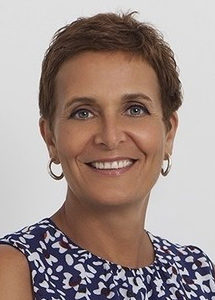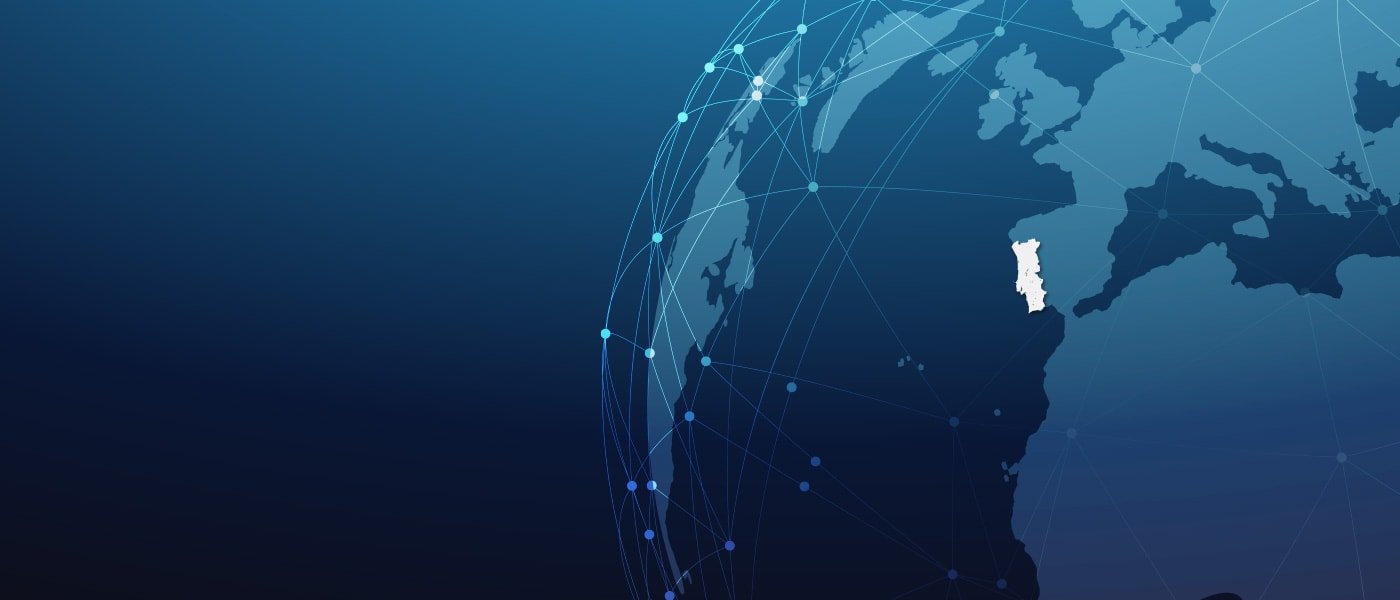The woman who found courage in adversity
Amina Laraki-Slaoui is one of UNIAPAC World Congress’ speakers. And if her story is a confirmation that life can change in a minute, it is also the proof that someone can change others lives forever. Following an accident that left her paraplegic, she found Groupe AMH, in Morocco, which main mission is to increase the social inclusion of vulnerable people and those living with a disability through high social impact products and services. Currently, Groupe AMH provides help, in a range of different areas, to more than 2600 persons per year

Amina Laraki-Slaoui, President of Groupe AMH
At the age of 32, while on vacation with her husband in Costa Rica, Amina had a bicycle accident that would change her life forever. Tied to a wheelchair, and following the initial upset and a period of rehabilitation, Amina went back to Morocco, where she lived, and seeing the reality of many others through their own eyes, committed herself to create not only better conditions to handicapped people, but also to fight against prejudice and surpass the barriers created by society itself regarding “second class citizens”. In 1992, the AMG Groupe (Amicale des Handicapés) was formally created, currently employing 240 persons in five sectors of activity.
In an interview, Amina, President of the AMH Groupe since 2011, shares her story of shock, courage and determination.
Can you share with us your thoughts and fears when you find yourself “amputated” in the life with which you have lived for years?
When I had my accident, I immediately knew that I would lose the use of my legs. I knew that everything would change. Then, I had to learn to live with my new body, which was no longer the one with which I have lived for years. It’s another body, reacting in a completely different way.
Of course, it leads through a long phase of questioning and denial.
However, recovering was my main goal. Either I let myself go to the point of pity, or I accepted the fact and did my best to recover and live fully.
Can you share briefly the difficult steps you have taken between your bicycle accident that left you paraplegic and the development of your non-profit specialized in promoting people with disabilities’ rights?
First, I set myself as a challenge to try to recover my mobility, my motor skills. You always have the hope in your heart that one day you will walk again. These six months of physical rehabilitation in the United States and in France allowed me to learn how to live with my disability, with this new body.
The main obstacle was also to stand up against prejudice and stereotype. Being disabled doesn’t mean being inactive. People think that disabled people can’t work, that they can’t have children, that they shouldn’t live independently… they are like second-class citizens… The perception of disability (not only in Morocco) is wrong and it must change.
Physical accessibility in Morocco was also a big challenge. People are disabled by barriers in society and in the environment, not by their impairment or difference.
What drove you most to change others lives at the same time your life was changing too? Was it really a calling for transformation?
This accident marked a turning point in my personal and professional life. The need to put meaning into my actions becomes obvious. I needed a big challenge. I needed to meet people like me, to move. It’s a new world in which we find ourselves, where everything remains to be discovered and in which I met absolutely extraordinary people. I also needed to get out of my condition, not to think only about myself, to do something that would be helpful.
This change was also a real eye-opener about the situation of persons with disabilities in my country.
I was able to seek excellent care and physiotherapy abroad, but when I returned to Morocco I was distraught by the lack of care for Moroccans who suffered similar circumstances.
Morocco has little support or government assistance for people living with disabilities. Almost 10% of the population is physically impaired, whilst 78% of those of working age that are disabled are unemployed. Moreover, until the creation of the Noor Centre in 2001, there was no facility in Morocco where disabled or injured people could seek treatment.
That is why I really felt the need to raise public awareness on the standard of living of people living with disabilities in our country but also to trigger State intervention in a field where everything had to be built: from social assistance to medical facilities.
It was indeed a call for transformation.
How is it “finding courage in being vulnerable”, the title of a panel you took part in a WEF event?
If you wish to live a fulfilling life, you must accept your vulnerability and transform these weaknesses into strengths. This accident gave me the courage to fight against disability and inequalities and it is one of my greatest victories.
Being vulnerable also gave me a powerful love for life that makes me more determined.
I refuse to be called “extraordinary woman”. I am a woman like the others; my strength consists in having adapted myself to a new situation.
Do you believe that the circumstances that surrounded your life have contributed to “serve others” in a different way (in comparison with other business leaders)?
Yes, I think so. Being in a wheelchair allowed me to better understand the obstacles that other persons with disabilities could encounter and the main social challenges in Morocco. But it also gave me the opportunity to overcome difficulties and connect with others.
I understood that to Increase the social inclusion of vulnerable people and those living with a disability, we need to find an innovative solution. In the AMH group, we created services carrying a strong social impact.
We operate in the areas of health, education, training, and autonomy. Our mission is to enhance health and provide support to people in a situation of vulnerability to reach economic and social inclusion.
The main topic of the UNIAPAC’s world congress is related to the conversion of “pure business” into a “more noble activity”, meaning that companies and its leaders have to move beyond profit and “serve others” too. Do you think that could be difficult, for a “normal” business leader, be more open and aware to the social or environmental impact of its business? Do you think that, in the first place, a “personal transformation” is needed?
Not necessarily! Social entrepreneurs are those who place their social and environmental impact at or above their economic performance. They identify a social need that is not well satisfied and intend to provide an adapted response, often local. The social enterprise integrates the logic of adjustment to the conditions of the market and the demand. They believe in the strength of social innovation as a lever of employment and better living. Business leaders have to believe that the social enterprise has the power to transform the world of economy.
Social entrepreneurship is about improving the lives of the people. It’s not about you, though the global system is the same ocean we swim!
I’ve experienced that the moment you committed to do something, providence follows. Everything starts to help you achieve it if you are determined. No matter what you do, some people will criticize you, might say that you are crazy.
I choose to ignore them and do what I want as I want. I won’t give up! “
Groupe AMH: acting, creating and believing
With a wide range of life-enhancing products and services to people living in precarious situations, aimed not only to persons with disabilities, but also to elders and children with vulnerable lives, the mission of Groupe AMH is to help the excluded, in a country where 10% of its population has some sort of disability and 78% of these are unemployed.
In healthcare, AMH manages several physical and functional rehabilitation centers, being the Noor Centre for re-education and rehabilitation one of the most successful of all. As a pilot project, it has already been replicated in other Moroccan regions, serving more than 1500 persons per year. With a social business model, 30% of its patients are low income and benefit from a 20% to 80% discount on their medical treatments. The remaining 70% of patients allows the center to break even and thus achieve financial sustainability. Any lastingprofits are used by AMH to develop new projects. These rehabilitation centers provide access to physiotherapy, speech therapy, occupational therapy, psychotherapy, and the fitting of prosthetics and wheelchairs.
In social assistance, AMH helpsvulnerable people in achieving their potential, from developing professional reinsertion programs to vocational training or helping beneficiaries with administrative procedures.
In the education’s field, the AMH is represented by the Institution Tahar Sebtiâ, providing educational programmes from kindergarten to elementary school to 480 children, where what matters most is their personal development and not their socio-economic background or disability. In lobbying, AMH aims to trigger state actions, pressing the Moroccan’s government and to raise public awareness of disabled people’s rights.
In average, the AMH Groupe helps more than 2600 persons per year.


